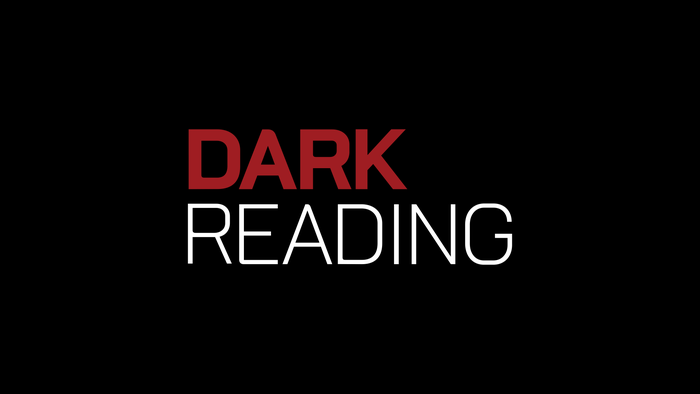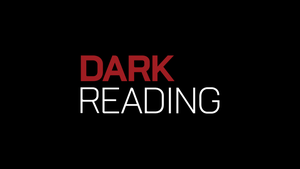thumbnail
Sponsored Content
RSAC 2024: Security That Tips the Scale in Favor of DefendersRSAC 2024: Security That Tips the Scale in Favor of Defenders
Craig Connors, VP and CTO of Cisco Security, joins Dark Reading's Terry Sweeney at News Desk during RSA Conference to discuss how companies can modernize their security strategy to better defend their highly distributed and rapidly evolving networks, users, and their data.
Keep up with the latest cybersecurity threats, newly discovered vulnerabilities, data breach information, and emerging trends. Delivered daily or weekly right to your email inbox.







_Stu_Gray_Alamy.jpg?width=300&auto=webp&quality=80&disable=upscale)



_Arletta_Cwalina.jpg?width=300&auto=webp&quality=80&disable=upscale)














